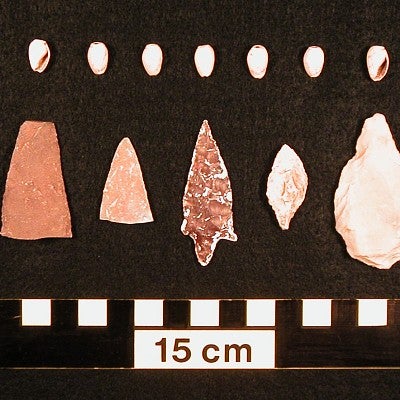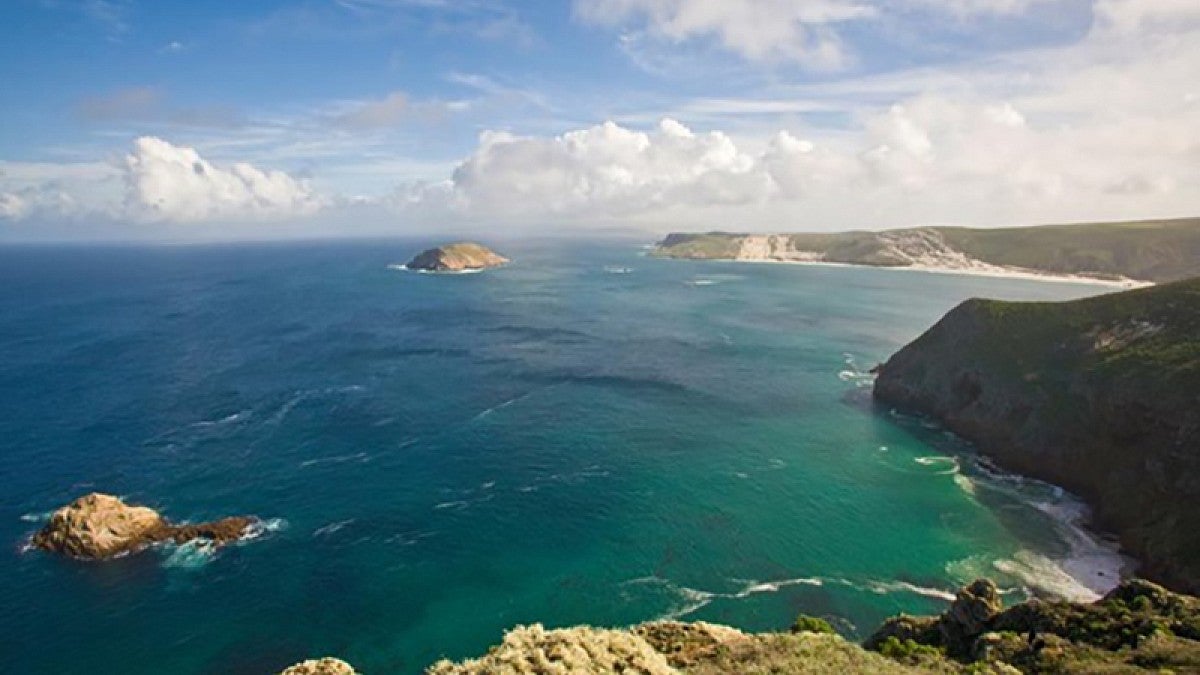UO archaeologist Jon Erlandson and partners were interviewed for a story in California’s Ventura County Star about the remains of a 10,000-year-old Native American man uncovered in 2005 on one of California’s Channel Islands.
The newpaper’s story, published June 13, centered on the reburial of the remains, nicknamed the Tuqan Man, found amid shifting landscape in 2005.

Erlandson, executive director at the Museum of Natural and Cultural History, identified the remains while surveying an archaeological site on San Miguel Island with Todd Braje, a UO doctoral student at the time.
Exposed by erosion caused by historical overgrazing, the bones were at risk of being lost unless stakeholders acted quickly. Erlandson and the National Park Service consulted with local Chumash Tribal members, deciding together to complete an excavation to preserve and study the remains.
The project team determined that Tuqan Man had a significant cultural relationship to the maritime people who settled the northern Channel Islands at least 13,000 years ago.
The Chumash Tribe was granted custody of the remains through the Native American Graves Protection and Repatriation Act, and last month, the Santa Ynez Band of Chumash Indians returned the remains to a final burial site on San Miguel Island.
“I’m glad to see Tuqan Man finally returned home,” Erlandson said. “An important aspect of the project was the long-term cooperation, collaboration and consultation between the Chumash people, the National Park Service and the lead scientists. In many similar cases, including Kennewick Man, projects like these have been marked by conflict, controversy and sometimes lawsuits.”
That scenario, he said, was avoided through mutual respect, honesty and communication.
—By Kristin Strommer, Museum of Natural and Cultural History


